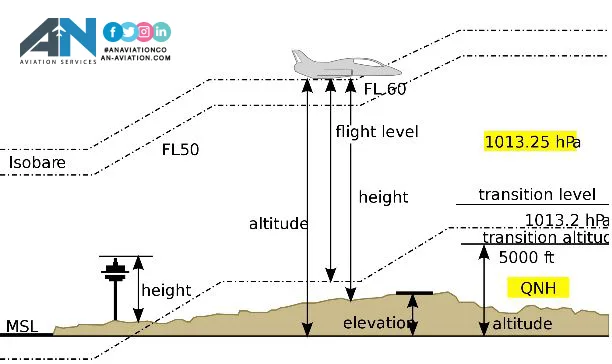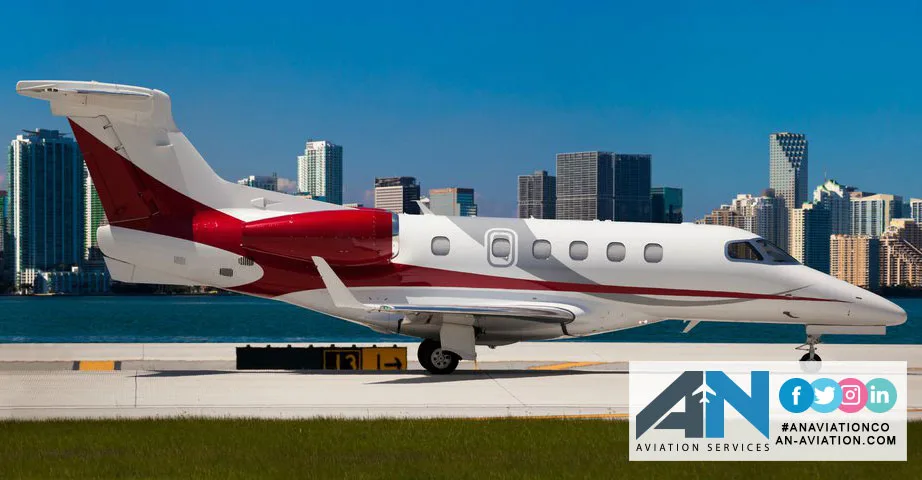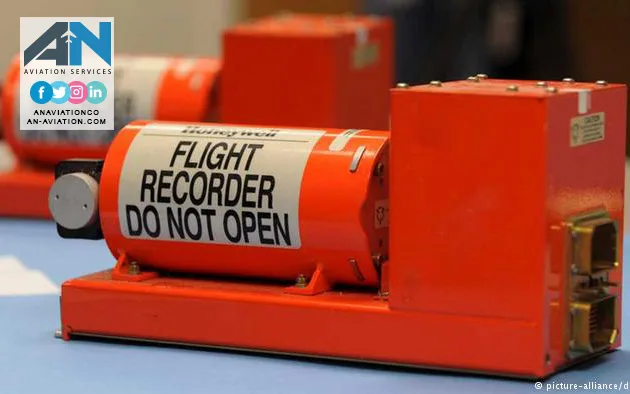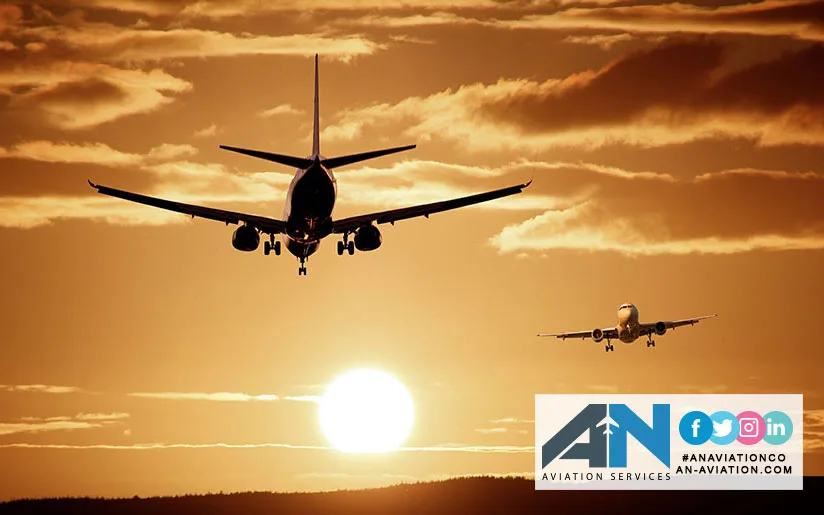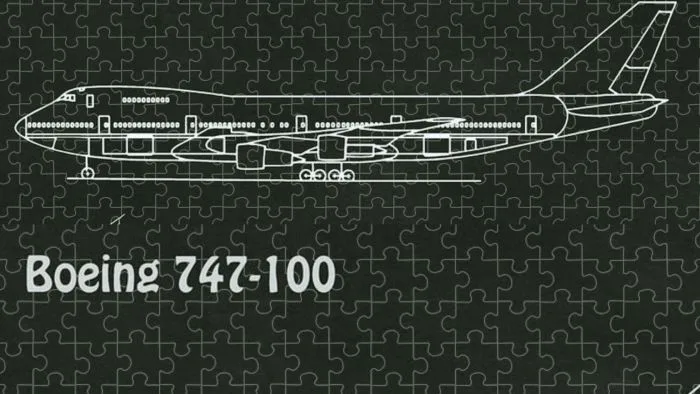When it comes to flying, knowing an aircraft’s elevation is crucial for safety and navigation. But what does “elevation” mean in aviation, and why are there so many types of altitudes?
Understanding these options is key to making an informed decision and getting the most out of your private jet experience. In this guide, we’ll take a closer look at different private jet categories, their features, and help you find the best option for your travel plans.
For modern aviation, having a detailed flight path map is essential to ensure the safety, efficiency, and overall experience of every journey.
When it comes to airline food, reactions can be all over the map—some love it, some tolerate it, and some wish they could avoid it altogether.
In the aftermath of an aviation incident, one term that often surfaces is the black box. This small but powerful device, officially known as the aircraft black box, plays a critical role in investigating accidents and improving aviation safety.
Flying business class has come a long way from simply offering wider seats and more legroom. Today’s airplane business class cabins are designed with luxury, privacy, and comfort in mind, providing an experience that rivals some first-class offerings.
The aviation industry has long been under scrutiny for its role in contributing to greenhouse gas emissions, but it’s now also facing the impacts of climate change directly.
Since it first entered service in 1970, the Boeing 747 has been a groundbreaking achievement in the history of air travel. Known as the “Queen of the Skies,” this jumbo jet has earned its place as one of the most recognizable and beloved aircraft in the world.


